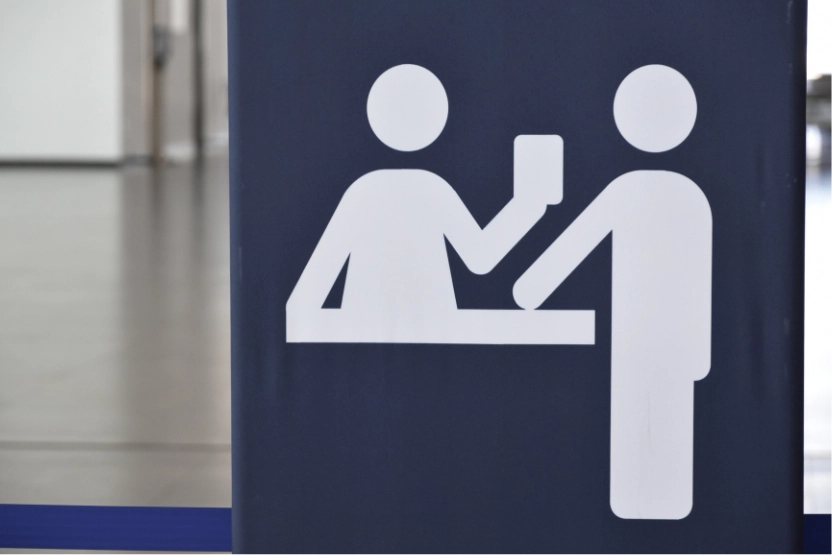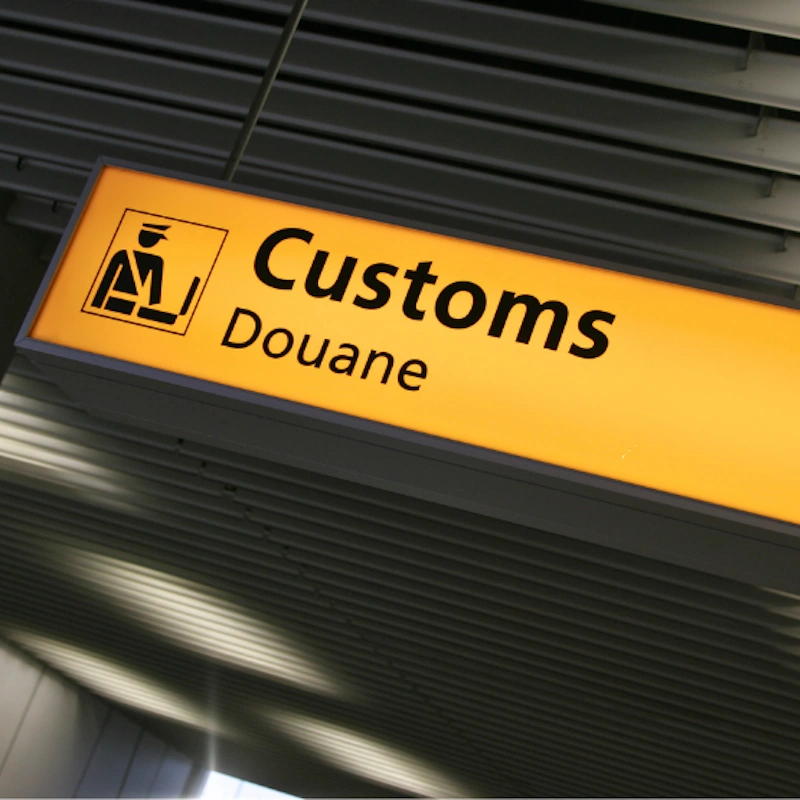Emerging Details: EES Launch Date and ETIAS Fee Increases
Sarah Pardi - November 25, 2025
Home > Travel Requirements, Policy & Authorization > Emerging Details: EES Launch Date and ETIAS Fee Increases
Share this post
Updated October 2025
There are some new updates on ETIAS, the long-anticipated new European travel requirement set to impact millions.
ETIAS and EES (short for Entry/Exit System) are two changes coming for non-EU travelers heading to several different countries in Europe.
This means that if you hold a passport from the US, UK, Canada, or any other non-EU country, you'll be affected by EES, and possibly ETIAS too. We will get to that in a moment.
The Entry/Exit System
The EES is a new process for how non-EU nationals enter and exit Europe, notably by airport, but also for other ways of entry and exit.
If either of the below applies to you, you will go through the new EES that launched on October 12, 2025. Keep in mind that there is a 6-month progressive rollout, so EES may not be live in all European locations.
- You are traveling to specific European countries with a short-stay Schengen visa.
- You hold a non-EU passport from a visa-exempt country (examples of this are US, UK, and Canada) and are traveling to specific European countries.

What is changing
The entry process into many European countries is going digital, and passport stamps are being abolished.
To date, travelers have gotten into the line that coordinates with their passport, waited their turn, and then gone up to the passport control counter. At the counter, passport control would look at the passport, stamp it, and allow entry into the zone/country.
This is changing.
Heading to Europe?
Make sure your travel insurance is secured.
Once the EES is in full effect, the border experience will be a little different.
The first time you go through the EES, a passport control officer will either take your fingerprints or your photograph. Then, they will submit this information into a digital file unique to you. Your passport won't be stamped, and instead, the date, time, and location of your entry into Europe will be noted in your digital file. The same will be true when you exit Europe. After all, it is the Entry/Exit System.
After you've gone through EES the first time, your photo/fingerprints will already be in the system, so you won't need to give them again. Instead, you will go through the EES kiosk, where your identity will be registered.
Note: While uncommon, you may need a new photo/fingerprints taken by passport control.

ETIAS: launch date & price
ETIAS and EES go hand in hand, though they are different experiences for the traveler.
Last year (2024), it was announced that ETIAS would launch 6 months after EES. With EES's launch date of October 12th, 2025, this would put ETIAS's sometime in April of 2026.
However, the official ETIAS website says that ETIAS will be launched (and therefore required) in the last quarter of 2026, not April.
The biggest update isn't about when ETIAS will go live, though - it's about the cost.
ETIAS was originally set to cost €7 per applicant. Now, it will be €20. And, it isn't a requirement that you can get around.
Why the ETIAS fee is increasing
According to the official ETIAS website by the European Union, the price increase is due to several reasons.
- To help cover operational costs for ETIAS.
- To adjust for inflation since the initial 7 euro fee was proposed.
- To be more in line with the cost of similar travel requirements around the globe, notably those in the UK (ETA) and the US (ESTA).
Once ETIAS goes live, all applicants ages 18-70 will need to pay the €20 application fee, which is about $23 US and £17 UK.
Who will need to apply
Travelers heading to 30 different countries in Europe will need to apply for ETIAS ahead of their trips if they do not hold a visa. (EU/Schengen passport holders are exempt).

If you're traveling without a visa to Austria, Belgium, Bulgaria, Croatia, Cyprus, the Czech Republic, Denmark, Estonia, Finland, France, Germany, Greece, Hungary, Iceland, Italy, Latvia, Liechtenstein, Lithuania, Luxembourg, Malta, the Netherlands, Norway, Poland, Portugal, Romania, Slovakia, Slovenia, Spain, Sweden, or Switzerland, you will be required to get ETIAS authorization before your trip (and pay the €20 application fee).
The current launch date is expected to be the last quarter of 2026.

Other changes
There are other changes in the works, but further down the road. The most notable one is the development of the EU Visa Application Platform. EU VAP is going to revolutionize the Schengen visa application process, taking it fully digital.
FAQs
Related posts
Upcoming travels ? Get Insured !
Find the right insurance for your trip by using our powerful comparison tool!
Sarah Pardi - December 19, 2025
Sarah Pardi - December 12, 2025
Sarah Pardi - December 11, 2025
Sarah Pardi - December 4, 2025





